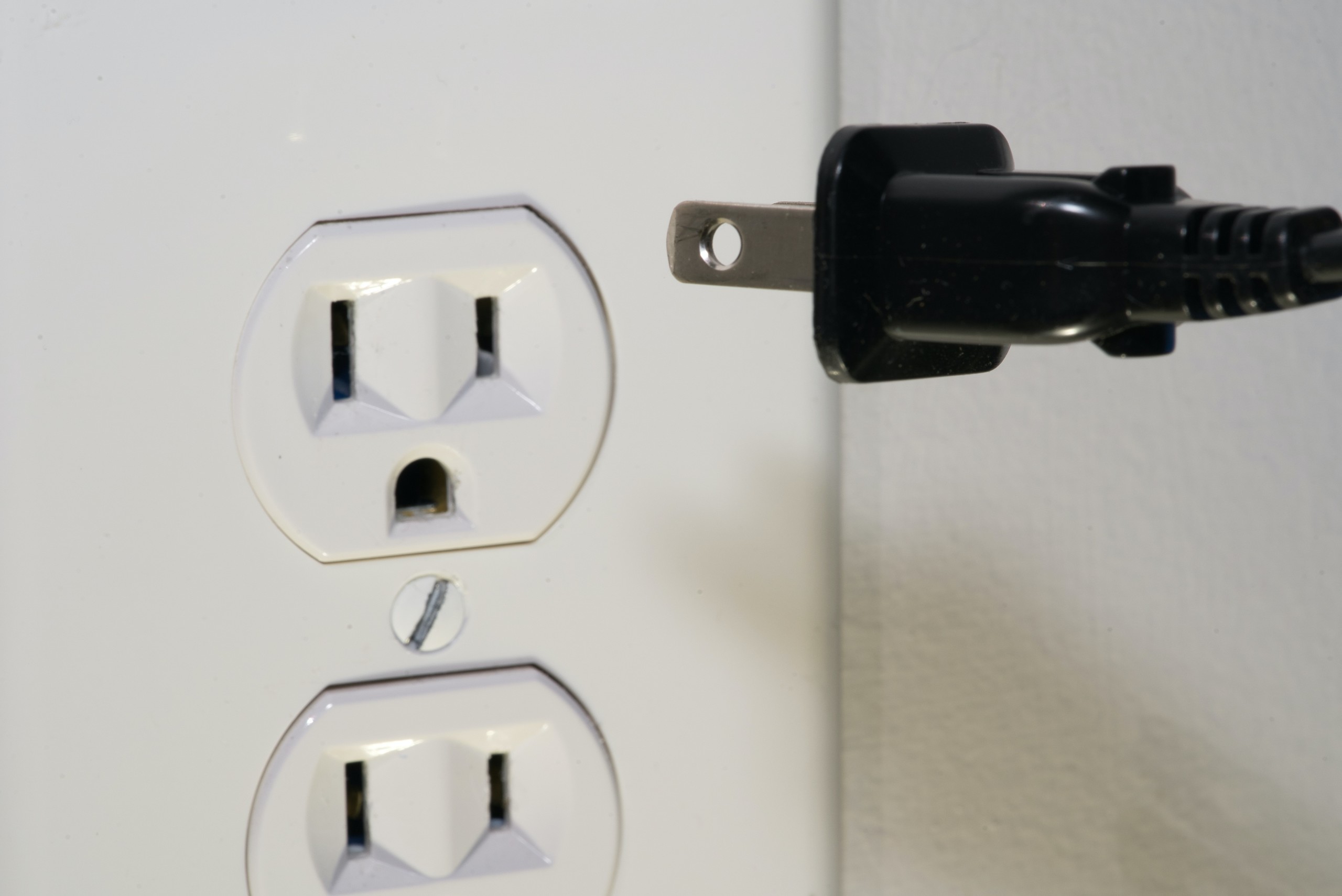Living in Florida presents some challenges for homeowners, most related to climate and weather conditions. Our extreme heat and humidity can wreak havoc on housing materials and significantly impact our utility bills. Severe windstorms can damage roofing and exterior home decor and landscaping, while excessive rain can cause flooding as storm drains overflow. There is a lot of guidance on the internet regarding protecting one’s home from the elements, but homeowners often ignore one aspect of our weather – lightning. Florida is known as the “lightning capital of the world.” A single lightning strike can quickly damage your home’s wiring, fixtures, and appliances. Whole house surge protection is not often spoken about – but it should merit your attention.
Both the Institute for Business and Home Safety and the National Fire Protection Association recommend whole-house surge protection – but what does it entail?
What is a Power Surge?
The electricity flowing through the typical wall outlet is 120 volt AC power, but the system does not deliver this voltage at a constant rate. It generally ranges between 0 and 169 volts at any given time. During a power surge, the voltage supplied to the outlet exceeds 169 volts and can rapidly damage all electrical devices and appliances connected to that outlet. Power surges can result from power grid switching by the utility company, a malfunction in a nearby transformer or transmission line, or, often, they are caused by a lightning strike.
Most people are familiar with small surge protectors for home computers or appliances. These localized protection devices plug into an outlet and protect everything connected from a sudden power surge. However, in the last decade, Floridians have embraced all sorts of new personal and home electronics. These include smart appliances, alarm systems, video doorbells, virtual assistants, personal devices (such as phones and iPads for every family member) – the list goes on and on. Modern homeowners often wire their entire house for ultimate convenience and functionality, but a power surge that travels through the home’s outlets could result in thousands of dollars worth of damage and loss. And many homeowners find out too late that their insurance company does not cover this occurrence. Has your electricity ever shut off and restarted during a major storm? Even these low-level outages can cause cumulative damage to the circuitry of your electronic devices. Eventually, this incremental damage will render them inoperable.
Don’t Forget! Call your insurance provider to confirm that they cover power surges. Don’t leave your electrical property vulnerable to a Florida summer storm or rolling blackout.
What is Whole House Surge Protection?
Whole house surge protection is a more comprehensive solution than traditional single-socket surge protectors that only protect the appliances plugged into those specific outlets.
A whole house surge protector protects your appliances from the adverse effects of electrical spikes and surges. The system limits excess current either by shorting it – or blocking it completely. Whole house surge protection units are usually installed at the electrical panel, protecting any electrical devices or appliances you have plugged into your home’s power from damage. Power surges can arise from electrical systems, heating and cooling systems, pool apparatus, and even solar or cable infrastructure. Therefore homeowners should ensure all indoor and outdoor devices are protected.
Expert Tip: If your home’s electrical panel needs to be replaced or upgraded, consider installing whole-house protection at that time.
Promise Electric specializes in whole house surge protection, having installed units in residences across the Sarasota region. If you are interested in learning more about how you can protect your entire home from our extreme climate and weather, call us today for information.



